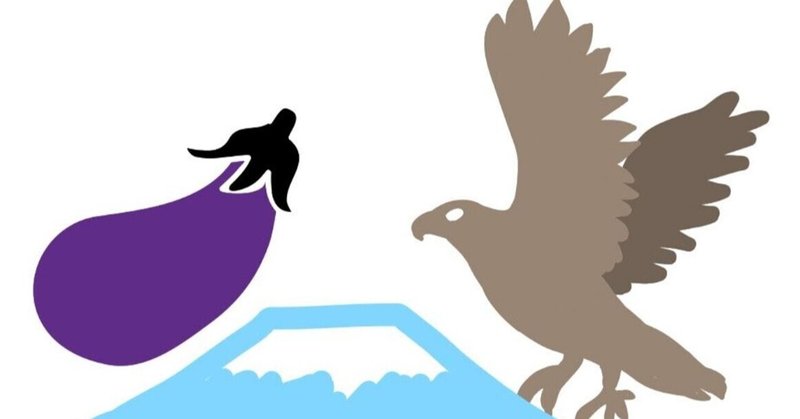
Hierarchy in Good Omens
The Year of the Tiger 🐯, 2022, has begun! I hope you all had a good start into the new year, dreaming the right dream on January 1st.
😴 According to ancient Japanese traditions, the very first dream in the new year becomes a reality. January 1st is the best day to dream about Mount Fuji. Alternatively, you can dream of a hawk or an eggplant. All three elements are considered auspicious omens with bliss in the following order:
一富士二鷹三茄子 (ichi fji, ni taka, san nasubi)
🗻 > 🦅 > 🍆
There are various theories about the origin of these signs. In any case, dreaming of eggplants requires quite a bit of skill, I suppose.
Similarly, there are three auspicious plants in Japan: pine, bamboo, and plum, with pine taking 1st place and plum taking 3rd place.
When visiting a traditional sushi restaurant in Japan, one sometimes sees simplified menus - menu "pine", "bamboo" and "plum". Every Japanese knows which menu is the most sumptuous and the most expensive.
In this train of thought I would like to address certain jargons in my profession. In the age of machine translation, the following abbreviations have recently been heard in our industry.
MT (machine translation) without PE (post editing)
MTLPE (MT with light post-editing)
MTFPE (MT with full post-editing).
❗ It sounds way too complicated. How about the terms “machine translation pine” (MTFPE), “bamboo” (MTLPE) and “plum” (MT without PE)?
But if you want to eat the best sushi, it's best to order a la carte.
💡 The analogy is that if you want the best translation served, order from a human translator. HT (human translation) is the extra class of translation!
#yearofthetiger #hatsuyume #MT #machinetranslation # PE #LPE #FPE #HT
#humantranslation #japanese
この記事が気に入ったらサポートをしてみませんか?
